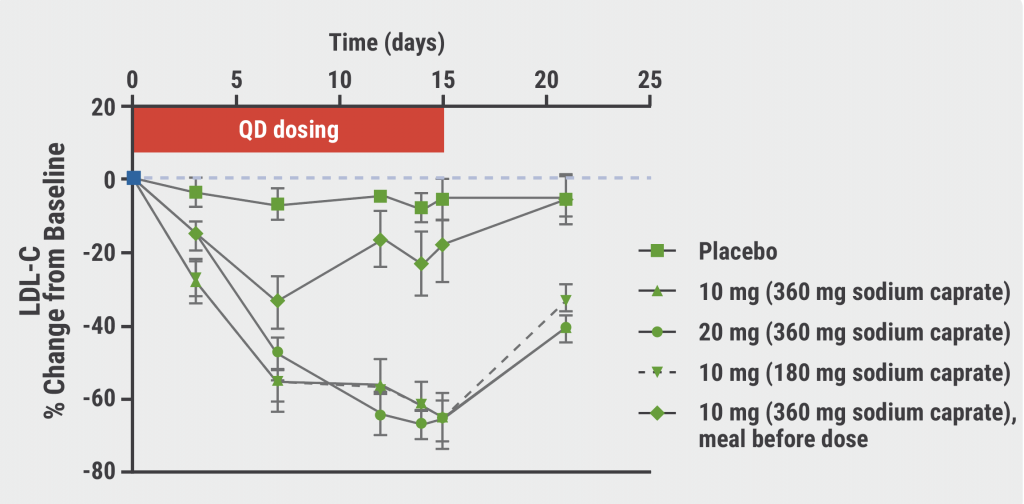“It has been established that destabilisation in plaque morphology evolution is an important coronary thrombosis mechanism,” explained Dr Alfredo Ricchiuto (Università Cattolica del Sacro Cuore, Italy) [1]. “However, the association between culprit plaque morphology, healed culprit plaque prevalence, and the clinical presentation of AMI is mostly unexplored.” The current retrospective, observational study aimed to evaluate the differences in plaque morphology and healing capacity in patients with (n=50) and without PIA (n-52), who were assessed via intracoronary OCT.
Patients without PIA displayed higher rates of plaques rupture than patients with PIA (63.5% vs 42.0%) and lower rates of intact fibrous cap compared to patients with PIA (36.5% vs 58.0%). In addition, patients with PIA demonstrated higher rates of plaque rupture with macrophages (71.4%) than patients without PIA (27.3%). The thrombus burden was numerically lower in patients with PIA, although this result was not significant (P=0.145). Several plaque phenotypes (i.e. fibrous, lipid, thin cap fibroatheroma) did not show significant differences between patients with or without PIA. Furthermore, patients without PIA featured diffuse calcification more frequently (40.4%) than patients with PIA (22.0%). Finally, patients with PIA showed higher rates of healed plaques (66.0%) than patients without PIA (25.0%).
In conclusion, this study showed that patients with and without PIA have different plaque morphologies; thus, adding to the understanding of the clinical presentation of AMI and the underlying pathophysiological mechanisms.
- Ricchiuto A, et al. Culprit plaque morphology and healing capacity in patients with and without pre-infarction angina: an optical coherence tomography imaging study. AC.AOS.483, AHA 2021 Scientific Sessions, 13–15 November.
Copyright ©2021 Medicom Medical Publishers
Posted on
Previous Article
« Empagliflozin efficacious in HF patients with preserved ejection fractions ≥50% Next Article
Ticagrelor cessation: early CABG non-inferior to delayed surgery »
« Empagliflozin efficacious in HF patients with preserved ejection fractions ≥50% Next Article
Ticagrelor cessation: early CABG non-inferior to delayed surgery »
Table of Contents: AHA 2021
Featured articles
The scope of remote healthcare in hypertension and hyperlipidaemia
Atrial Fibrillation
New developments in remote diagnostics and monitoring of AF
Head-to-head: Efficacy of dabigatran versus warfarin on cognitive impairment
Posterior left pericardiotomy safe and effective in reducing atrial fibrillation
LAA ligation did not reduce recurrent atrial arrhythmias in persistent AF
Equal benefits of early rhythm control in AF subtypes
CVD Risk Reduction
Remote healthcare programme improves hypertension and lipid control
Novel oral PCSK9 inhibitor shows promising results for hypercholesterolaemia
REVERSE-IT: Interim analysis shows promising effect of bentracimab on ticagrelor reversal
No significant effect of aspirin on reducing cognitive impairment
Milvexian phase 2 data supports safety and efficacy for VTE prevention after total knee replacement
Network meta-analysis observes no clear effect of eicosapentaenoic acid on CV outcomes
Heart Failure
Empagliflozin efficacious in HF patients with preserved ejection fractions ≥50%
EMPULSE: Empagliflozin improves outcomes of acute heart failure
CHIEF-HF: Canagliflozin improves health status in heart failure
DREAM-HF: MPC therapy for HFrEF did not meet primary endpoint
Therapeutic approaches in heart failure with diabetes
Acute Coronary Syndrome
Ticagrelor cessation: early CABG non-inferior to delayed surgery
Distinguishing patients before AMI based on plaque morphology
Vascular Diseases: PVD
Rivaroxaban regimen beneficial after revascularisation for claudication
LIBERTY 360 shows quality-of-life improvements after peripheral vascular intervention
Deficient treatment outcomes after PVI in Black and low-income adults with PAD
REDUCE-IT: Cardiovascular risk reduction with icosapent ethyl in PAD
Vascular Diseases: CAD
Long-term reduced risk of CV events with ticagrelor plus aspirin after CABG
Early surgery outperforms conservative management in asymptomatic severe aortic stenosis
External support device for SVG grafts in CABG surgery shows promise
COVID-19 & the Heart
Blood pressure control disrupted during the pandemic
Icosapent ethyl did not reduce the risk of hospitalisation in COVID-19
Neutral effect of P2Y12 inhibitors in non-critical COVID-19 hospitalisations
COVID-19 mRNA vaccination benefits outweigh the risk for myocarditis
Other
2021 Guideline for Chest Pain: Top 10 takeaways
Accurate ejection fraction assessment in paediatric patients via artificial intelligence
Concomitant tricuspid annuloplasty reduces treatment failure in moderate tricuspid regurgitation
Related Articles
January 14, 2022
External support device for SVG grafts in CABG surgery shows promise

© 2024 Medicom Medical Publishers. All rights reserved. Terms and Conditions | Privacy Policy

